Do you want to play Audible audiobooks through iTunes? In this post, you will learn how to transfer Audible audiobooks to iTunes on Windows and Mac computers. And there is a best way to listen to Audible audiobooks in iTunes even without logging in.
“I like to use iTunes as my audio player, can anybody teach me how to sync Audible books to iTunes? In this way, I can play my favorite audiobooks on iTunes conveniently.”
iTunes is not only a media library, Internet radio broadcaster, but also an excellent media player. Many people like to use it to listen to music directly, is it possible to play Audible books on iTunes? There are many reasons you may want to transfer Audible books to iTunes, you may prefer the iTunes playback interface to Audible, or you want to put Audible and iTunes downloaded audiobooks together so that you can listen to them. Keep reading, we will show you how to add Audible audiobooks to iTunes in details.
CONTENTS
Part 1. Sync Audible Audiobooks to iTunes on Windows
If you are using Windows computer, here are two methods to help you transfer Audible books to iTunes. Let’s check out!
Method 1. Add Audible Books via Audiobooks from Audible App
‘Audiobook from Audible’ is an Audible App for Windows users, it allows you to download and listen to audiobooks, and you can use it to sync Audible files to iTunes. The following steps are how to add Audible audiobooks to iTunes with Audiobooks from Audible App.
Step 1. Download, install the Audiobooks from Audible App on Windows PC, download the Audible books that you want to add to iTunes.
Step 2. Run Audible App on your Windows PC, touch ‘Library’ from the left column, then all of audiobooks will be showed up in the right window.
Step 3. Select the Audible books you want to sync to iTunes, then press ‘three ellipse’ icon next to the book. Then choose ‘import into iTunes’ from the drop-down list.
Step 4. If it is your first time to use this feature, you need to activate iTunes. Prss “OK” option at the pop-up box and type your password to log in. Then your iTunes will be connected with Audible account. Then the Audible books will be added to your iTunes.
Method 2. Import Audible Books through Audible Download Manager
‘Audible Download Manager’ can help you download Audible books to your Windows PC and transfer downloaded Audible audiobooks to iTunes. Check out the following steps to learn how to sync Audible audiobooks to iTunes.
Step 1. After download and install the Audible Download Manager on Windows PC, press ‘General Settings’ button and verify iTunes is chosen under the “After download import files to” tab.
Step 2. Hit on ‘Download’ button to download audiobooks you want from Audible.com.
Step 3. The software will pop up a window, you need to authorize the computer, touch the ‘OK’ button to continue. Then the Audible files will be imported to iTunes.
But sometimes, if abnormality occurs, the document may not be imported successfully. Therefore, you need to learn how to transfer Audible books to iTunes manually.
Bonus – Add Audible Audiobooks to iTunes Manually
Step 1. Run iTunes on computer, touch ‘File’ then move to ‘Add File to Library’.
Step 2. The downloaded books will be kept in these folder by default:
# 1 Windows 7/8/Vista: C:\Users\Public\Documents\Audible\Downloads
# 2 Windows XP: C:\Documents and Settings\All Users\Documents\Audible\Downloads
Step 3. Select the audiobooks you want and press ‘Open’, then they will be imported to iTunes.
Step 4. Hit on ‘Book’ icon > ‘My audiobooks’ to locate the Audible books in iTunes.
Part 2. Download Audible Books to iTunes on Mac
Compared to Windows PC, it is much easier to transfer Audible books to iTunes by using a Mac computer. Because iTunes is the only one official Audible player on the Mac, so users can directly download Audible books from the Audible.com or via Audible App, then import to iTunes.
Step 1. Search Audible.com on your browser then login with your Audible account. Find the audiobooks you want to download.
Step 2. After chosen, press ‘Download’ tab, it will pop-up a window to let you ‘Authorize the computer’. Just hit on ‘Yes’ to authorize your account.
Step 3. After that, the audiobooks will be synced to iTunes successfully.
Part 3. Transfer Audible Audiobooks to iTunes without Account
After reading the previous part, you have learned how to transfer Audible aduiobooks to iTunes by using Windows and Mac respectively. But it also exists some problems, these methods all required the authorization of the Audible account. If you forget your Audible password, or your audiobooks was obtained from someone else and you cannot authorize it yourself, what should you do?
Under such circumstance, you had better to use a third-party tool to convert Audible AA/AAX format audiobooks to MP3 and other DRM-free formats, so that you can play Audible books on iTunes and any other devices and players without Audible account authorization.
TunesBank Audible Converter is one of the most convenient and practical Audible Converter in the market. It can unlock the DRM encryption and convert encoded Audible AA/AAX to MP3, M4A, FLAC, WAV without iTunes and Audible authentication. This will save you a lot of troubles. Moreover, it can preserve the original audio quality and the chapters info in the converted files. Have to say that TunesBank allows users to personalize the output settings according to their needs. With the amazing Split feature, you can even divide the chunk Audible books into small clips via chapters and time. After conversion, you will get unprotected Audible books and then you can transfer Audible books to iTunes for playback or put them on iPod/iPad/iPhone effortlessly.
Highlights of TunesBank Audible Converter:
- Get the rid of the DRM encryption from Audible books.
- No need to install iTunes App and Audible authentication.
- Convert Audible books to MP3, M4A, FLAC, WAV losslessly.
- Work at up to 100X lightning speed and batch converting.
- Divide chunk Audible files to small parts via chapters or time.
- Get unprotected audiobooks, play on any device and player freely.
Guide: Convert Audible to MP3 and Transfer to iTunes
Step 1. Import Downloaded Audible Files to TunesBank
After installed, run TunesBank Audible Converter. Drag and drop the downloaded Audible files into TunesBank’s interface. Or press the “Add Files” button to choose your downloaded Audible audiobooks to add to the program.
Step 2. Choose MP3 as Output Format
Click “Output Setting” to open the format setting window, choose MP3 as your output format. You can also customize the Bit Rate, Sample Rate, or Split the audiobook.
Step 3. Start to Convert Audible to MP3
Press “Convert All” button to start converting Audible AA/AAX audiobooks to MP3.
Step 4. Get MP3 Audible Audiobooks
When it finishes the conversion, you are able to find the unprotected Audible audiobooks via clicking “Completed” > “Open File”.
Now you can transfer converted Audible audiobooks to iTunes manually, you can go back to last section of Part 1 to learn more details.
Video Guide – How to Convert Audible to MP3
This video guide will help you learn more details about convert Audible Audiobooks to MP3 with TunesBank Audible Audiobook Converter. So that you can get unprotected Audible books to play on any device and player freely.
Final Words
Although you can transfer Audible audiobooks to iTunes using windows and MAC computers respectively, they all need Audible authorization. This is not an easy task. Fortunately, TunesBank Audible Converter is a wonderful assistant, it can unlock the Audible DRM protection and convert DRM-ed Audible AA/AAX books to MP3 and other common formats without Audible authentication. In this way, you can enjoy Audible audiobooks on any device and player without any limitation.
RELATED ARTICLES
- Convert Audible AAX to MP3 on Window & Mac
- Convert Audible AA to MP3 on Windows/Mac
- How to Convert iTunes M4B to MP3
- How to Download Audible Audiobooks to MP3 Player
- 9 Ways to Listen to Audible Audiobooks in the Car
- Convert Audible AA to WAV on Windows/Mac
- How to Split Audible Audiobooks
- Best Audible AA and AAX to MP3 Converters 2022
- How to Put Audiobooks from Audible on
- 2 Ways to Download Audible Audiobooks on Android
- Top 3 AAX to MP3 Converter (Free, Online, Offline)

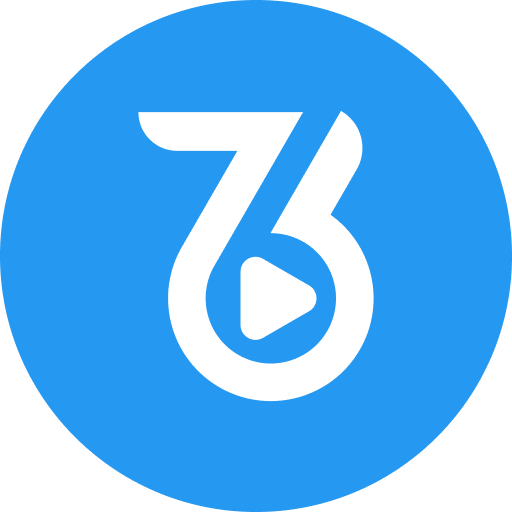
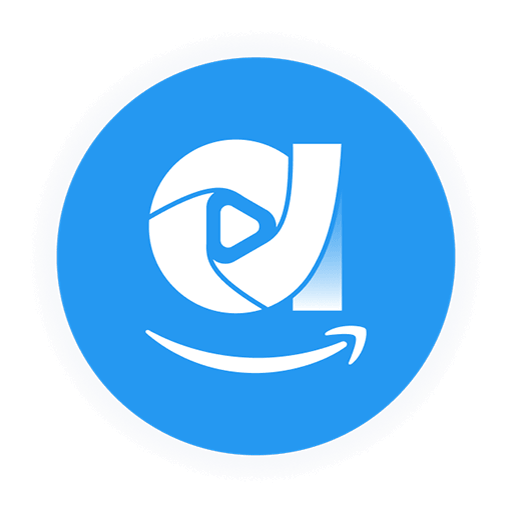
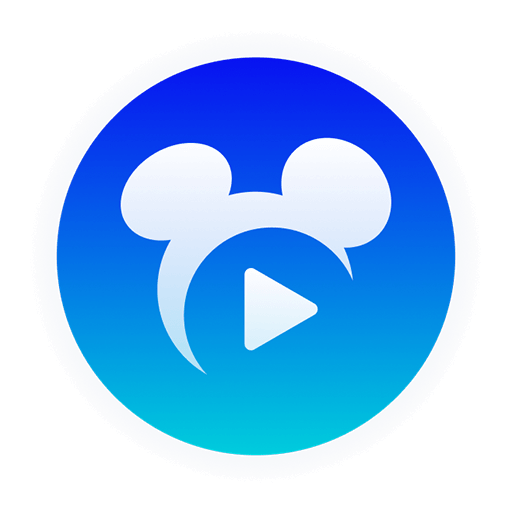

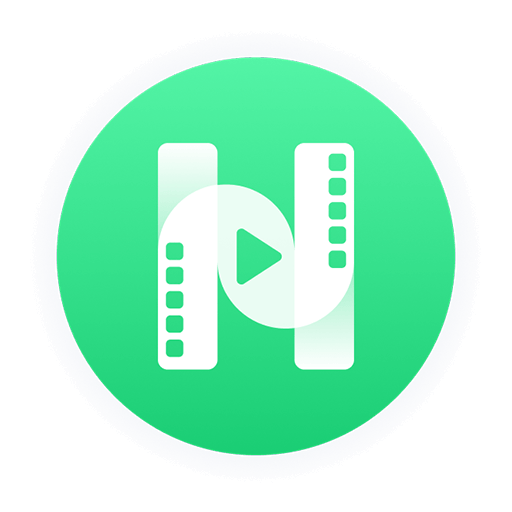
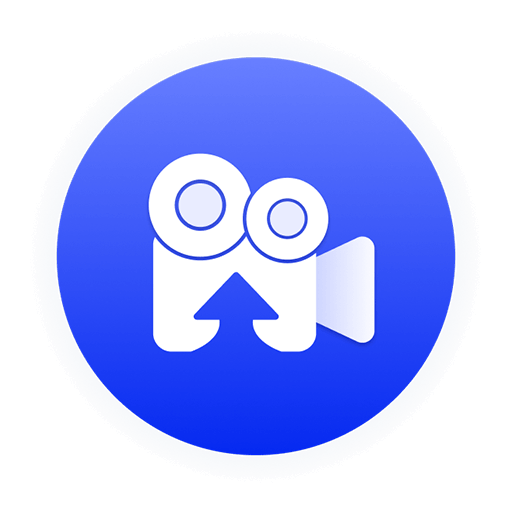
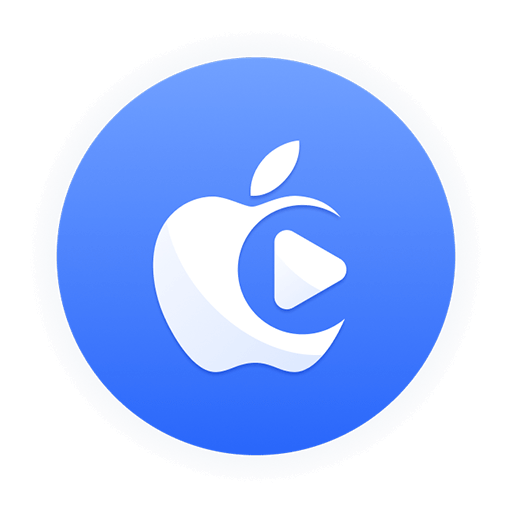
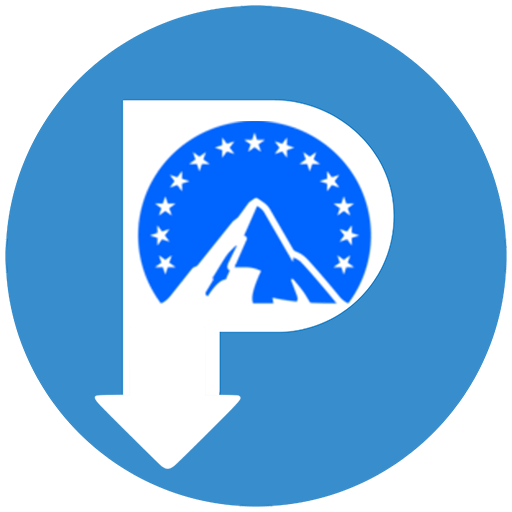














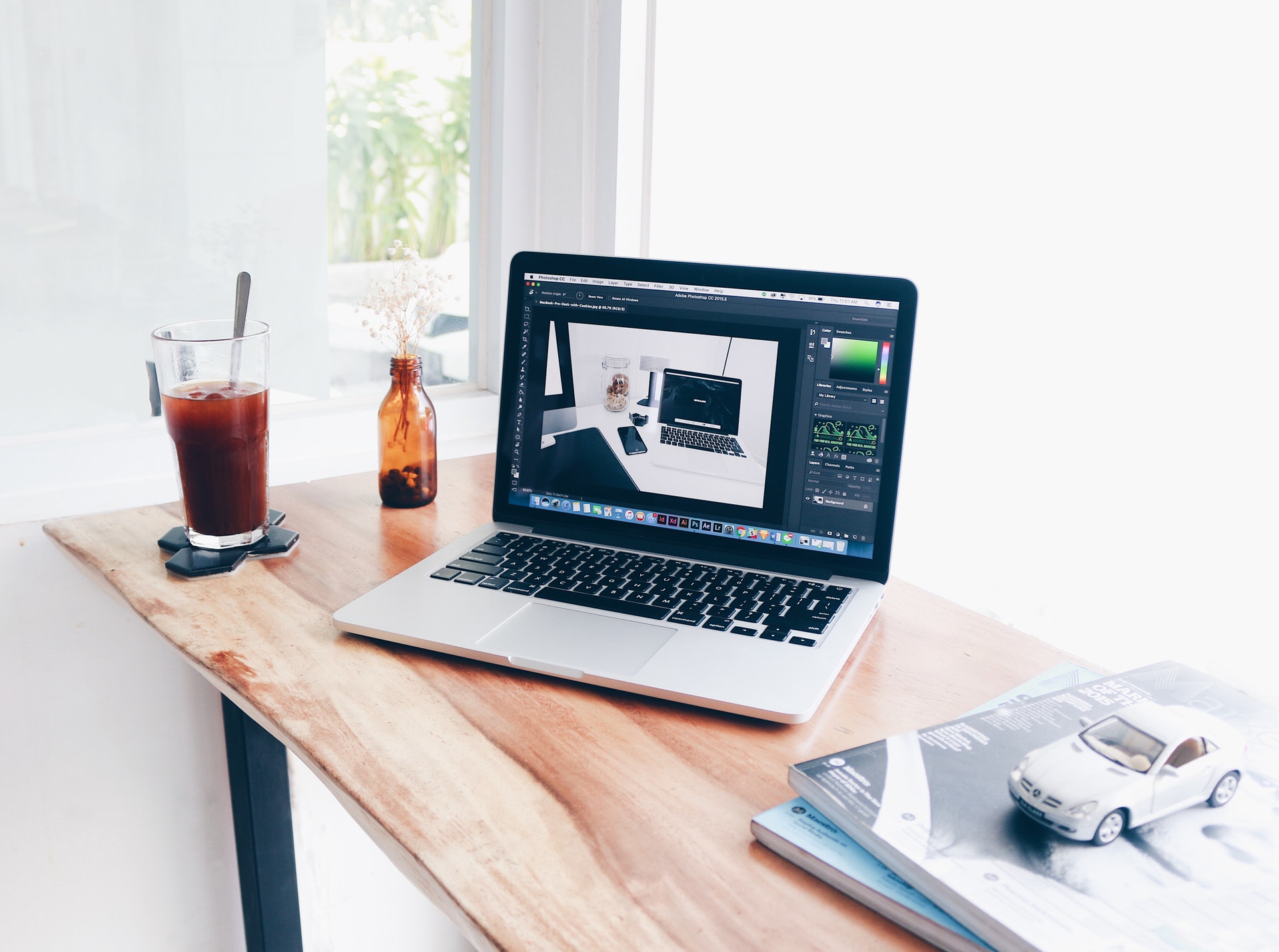
Whats up! I simply want to give a huge thumbs up for the nice data you’ve got right here on this post. I might be coming again to your weblog for extra soon.
A lot of thanks for every one of your effort on this web page. Kim take interest in going through investigations and it’s obvious why. A lot of people notice all concerning the dynamic form you provide worthwhile solutions through the web site and in addition inspire contribution from people on this topic then our child is without question being taught a whole lot. Have fun with the remaining portion of the new year. You are carrying out a pretty cool job.
Thanks so much for providing individuals with an extremely splendid chance to discover important secrets from this site. It’s always so nice and stuffed with a good time for me and my office mates to visit the blog not less than three times a week to learn the fresh guides you have got. And lastly, I’m also actually contented with your spectacular creative concepts you serve. Selected 4 points on this page are ultimately the most impressive I have had.
I want to show my admiration for your kind-heartedness in support of those people who must have guidance on the subject matter. Your special commitment to passing the message all-around had been really important and has in every case enabled associates much like me to attain their aims. Your personal insightful guideline means much to me and extremely more to my peers. Thanks a ton; from all of us.
Thank you a lot for giving everyone an extraordinarily splendid opportunity to read from this website. It is often very terrific and as well , jam-packed with amusement for me and my office mates to search the blog really three times in a week to study the latest stuff you have got. Of course, I am just usually fascinated for the mind-blowing ideas you serve. Some 2 tips in this article are completely the most effective I’ve ever had.
My husband and i ended up being glad Chris managed to finish up his studies from your precious recommendations he grabbed when using the web site. It’s not at all simplistic to just find yourself giving freely things which often other folks may have been trying to sell. Therefore we fully grasp we’ve got the website owner to appreciate because of that. All of the illustrations you have made, the straightforward web site menu, the relationships your site help promote – it’s got all fabulous, and it’s really helping our son and the family reason why the concept is entertaining, which is especially essential. Thanks for the whole thing!
I intended to write you the bit of remark in order to say thanks a lot again regarding the exceptional tactics you have documented above. It was so tremendously generous with people like you to grant openly what a number of people could possibly have made available for an e-book to end up making some money for themselves, precisely given that you might have done it if you ever decided. The strategies additionally worked to become a good way to fully grasp that other individuals have the identical fervor much like my very own to see a lot more on the topic of this condition. I’m certain there are several more enjoyable sessions ahead for many who scan your website.
Thank you so much for giving everyone an exceptionally pleasant possiblity to read articles and blog posts from this web site. It is usually very cool and also full of amusement for me and my office mates to search your blog at minimum 3 times weekly to learn the latest issues you have got. Of course, I am also actually contented with the excellent opinions you serve. Some 4 areas on this page are honestly the most effective we’ve had.
Thank you a lot for providing individuals with remarkably special chance to read in detail from this site. It’s usually so superb and also full of a great time for me personally and my office friends to search the blog the equivalent of thrice in a week to study the new items you have. Of course, I’m just actually pleased concerning the splendid creative ideas you give. Selected 4 tips in this posting are definitely the most efficient we’ve ever had.
I enjoy you because of each of your hard work on this site. Kate delights in conducting investigation and it’s really obvious why. A lot of people hear all of the powerful manner you produce effective ideas by means of this web site and as well cause response from other people on this issue then our own daughter is certainly starting to learn a whole lot. Enjoy the remaining portion of the new year. Your carrying out a really great job.
CBD exceeded my expectations in every way thanks cbda oil tincture. I’ve struggled with insomnia looking for years, and after trying CBD pro the first time, I finally trained a complete nightfall of calm sleep. It was like a arrange had been lifted mad my shoulders. The calming effects were indulgent despite it profound, allowing me to roam slow uncomplicatedly without sympathies groggy the next morning. I also noticed a reduction in my daytime apprehension, which was an unexpected but acceptable bonus. The taste was a flash lusty, but nothing intolerable. Blanket, CBD has been a game-changer for my slumber and uneasiness issues, and I’m grateful to keep discovered its benefits.
Your point of view caught my eye and was very interesting. Thanks. I have a question for you.
The work is both informative and thought-provoking. I’m really impressed by the high quality of The content.